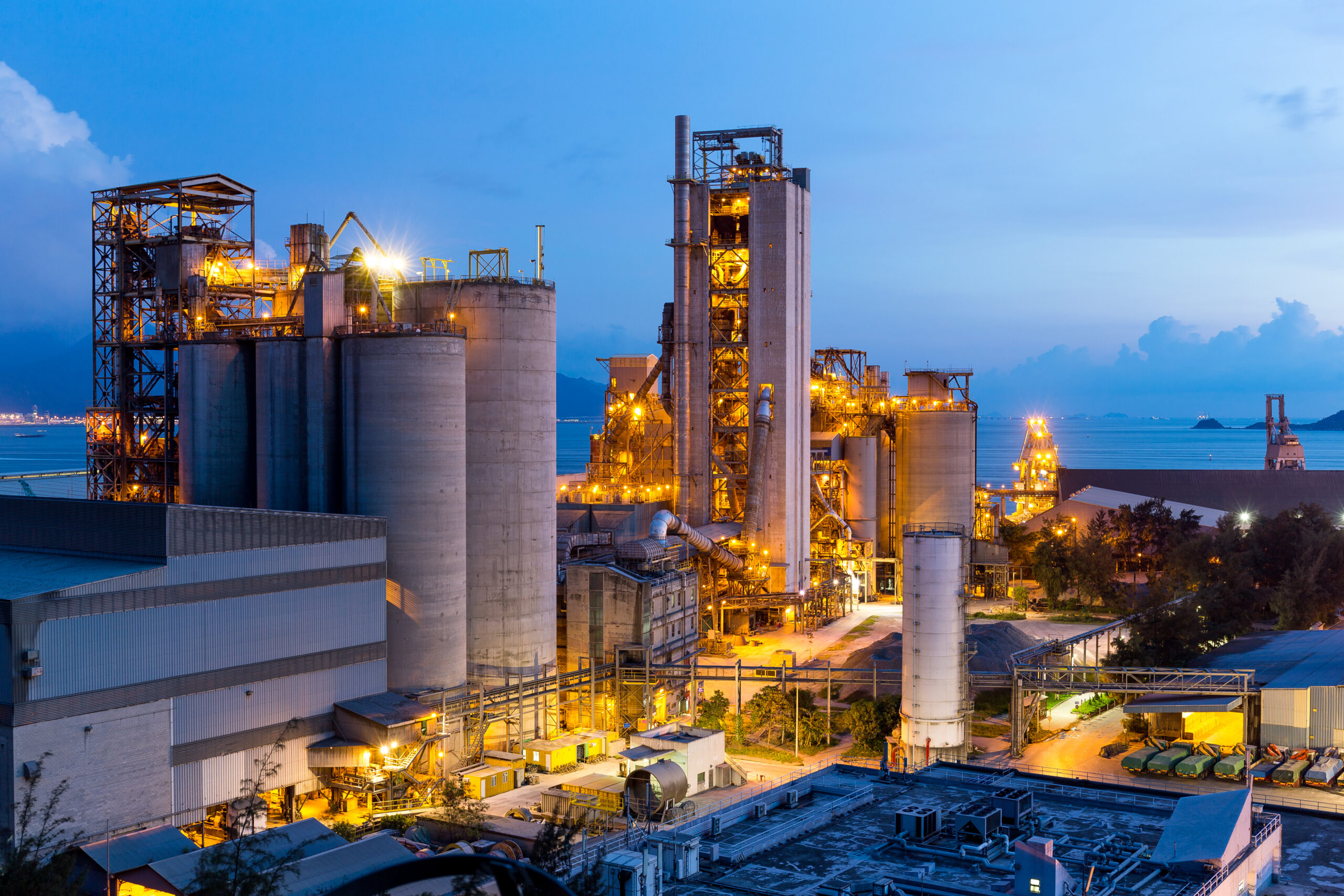Cement is the ‘glue’ that holds concrete together. As such, cement is a critical part of almost all modern infrastructure: from buildings and bridges to future energy infrastructure such as hydropower dams. However, the cement industry is responsible for 7% of global CO2 emissions and 4% of emissions within the EU. If the cement industry were a country, it would be the third largest emitter in the world, after China and the US.
Decarbonizing cement is challenging for two main reasons:
- A multifaceted emissions profile: Emissions are multifaceted, requiring multiple solutions for decarbonization, with the majority of emissions (60%) from producing cement coming from the fundamental chemical reaction of producing clinker, in which CO2 is released from the limestone.
- An undynamic industry: A few major cement producers dominate the market, plant lifetimes are long, and profit margins are low, leading to risk aversity and low R&D investments. Further downstream in the value chain, architects, engineers, contractors, and owners are also relatively reluctant to adopt new building materials and methods, given the high stakes involved in safety, reliability, financial risk, and regulatory compliance.
Transitioning from today’s to tomorrow’s market thus requires both innovative technologies and smart, incentivizing policies. In terms of technologies, a number of innovative solutions are already known and exist, but need to be refined and scaled. When taking into consideration not only possible modifications at the cement plant level but also along the entire value chain, emissions can already be cut by up to 80%, even without the use of disruptive and costly technologies such as Carbon Capture and Storage (CCS).
This policy brief outlines our five policy recommendations:
1. Cut emissions and material demand through material efficiency strategies
2. Realize the full potential of carbon pricing mechanisms in today’s market
3. Outline tomorrow’s market with green standards for cement and concrete
4. Implement Green Public Procurement across the EU
5. Implement financing schemes to catalyze the transition to tomorrow’s market
Learn more in our Policy Brief!

